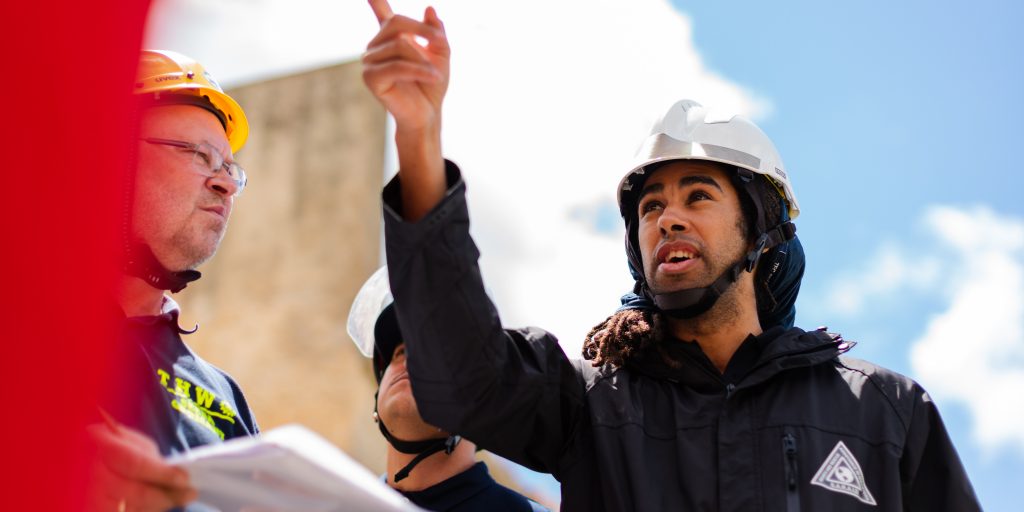Funding is necessary for building and fire prevention departments right now
When the United States first began experiencing the effects of COVID-19, no one could have imagined the all-encompassing impact the virus would have on our society. Congress is currently at a standstill regarding the next pandemic response bill. Even if a deal is reached, disagreements over state and local aid means that any additional assistance provided will not be nearly enough to address outlays and shortfalls. State and local governments need to continue to lead the charge in managing the pandemic response and subsequent economic recovery using the resources currently available to them.
This includes $150 billion provided through the Coronavirus Aid, Relief and Economic Security (CARES) Act, passed by Congress and signed into law in March. That funding was directed to state, local, tribal, and territorial governments for “necessary expenditures” with respect to the pandemic, including “expenses to improve telework capabilities for public employees to enable compliance with COVID-19 public health precautions.”
As it stands, most of these dollars have – rightfully so – gone to supporting each region’s healthcare infrastructure to ensure hospitals as well as medical and first response professionals can provide the necessary care for combating the virus. But with much of this funding not yet spent, those with available funds should consider the important and vital role building safety departments play in their community’s pandemic response. In many communities building safety is considered an essential function during the pandemic and will be an essential part of the economic recovery. However, despite their vital role and impact on adjacent industries, such as commercial construction, real estate, and home builders, many building safety officials are struggling to maintain the high-level of functionality needed to perform essential duties.
Chronic under-resourcing has led to shortcomings that were exacerbated by the pandemic. According to an International Code Council survey, 93 percent of the more than 1,100 building and fire prevention departments surveyed were still performing inspections, but 6 in 10 respondents did not have the capabilities to carry out critical functions remotely. Upgrading building departments with the tools needed to perform essential tasks virtually – from approving electronic permits to conducting virtual inspections – can speed-up construction of both residential and commercial projects and improve customer service without sacrificing public safety.
Building codes, and the building and fire prevention departments that implement them, are the backbone to a safe built environment and investments to allow departments to operate efficiently and effectively are essential – especially in our current situation. It’s code officials that ensure that the parking lot tents and converted hotels providing medical surge capacity are constructed and operated safely and that regulations that require disinfection of ventilation through mechanical systems in hospitals are enforced. Unsurprisingly, the U.S. Department of Homeland Security (DHS) and every state has deemed code officials to be essential employees.
We are currently in the midst of hurricane, tornado, and wildfire season. According to FEMA, modern and well enforced building codes are one of the most effective means to protect communities against these and other natural hazards. In fact, well-functioning code departments can help to reduce disaster losses by 15 to 25 percent, which makes funding critical so that building departments can make the switch to digital processes and maintain full function as they face down the dual threats posed by the virus and other natural hazards.
Investments that establish or improve virtual capabilities—including the deployment of technology that enables remote plan review, permitting, and inspections, and online access to codes and standards— can help mitigate permitting delays, which are creating challenges for the construction we need now. Plus, the use of these technologies can speed the restart of the economy, improve consumer interfaces and outcomes, and produce lasting reductions in operation costs and permitting timelines. In fact, we’ve seen a 20 percent increase in productivity by moving from paper to electronic inspection logs. For all of these reasons, more than 50 organizations representing state and local governments, contractors, building owners and managers, manufactures, insurance, housing, energy efficiency, renewable energy, engineering, and resilience interests recently joined the Code Council in supporting resources to address code departments virtual capability needs.
With many state and local governments facing significant response costs, it is understandable that building departments are not the first to come to mind for funding during this crisis. However, without additional resources from the government, the safety of the general public is put at risk. Delays to permitting and inspections are a threat to the overall economic recovery. Through funding from the CARES Act, code departments will be able to implement immediate improvements, and we can expect to see those upgrades pay dividends long into the future. For state and local governments with funding available, it is as simple as a quick note to your state or local building and fire prevention departments to better understand their needs.
To help facilitate pandemic response and promote economic growth, development and resiliency for communities, building and fire prevention departments need to be on government official’s radars. They protect us all. Now is the time to support them.
Dominic Sims, CBO, Chief Executive Officer, International Code Council




















